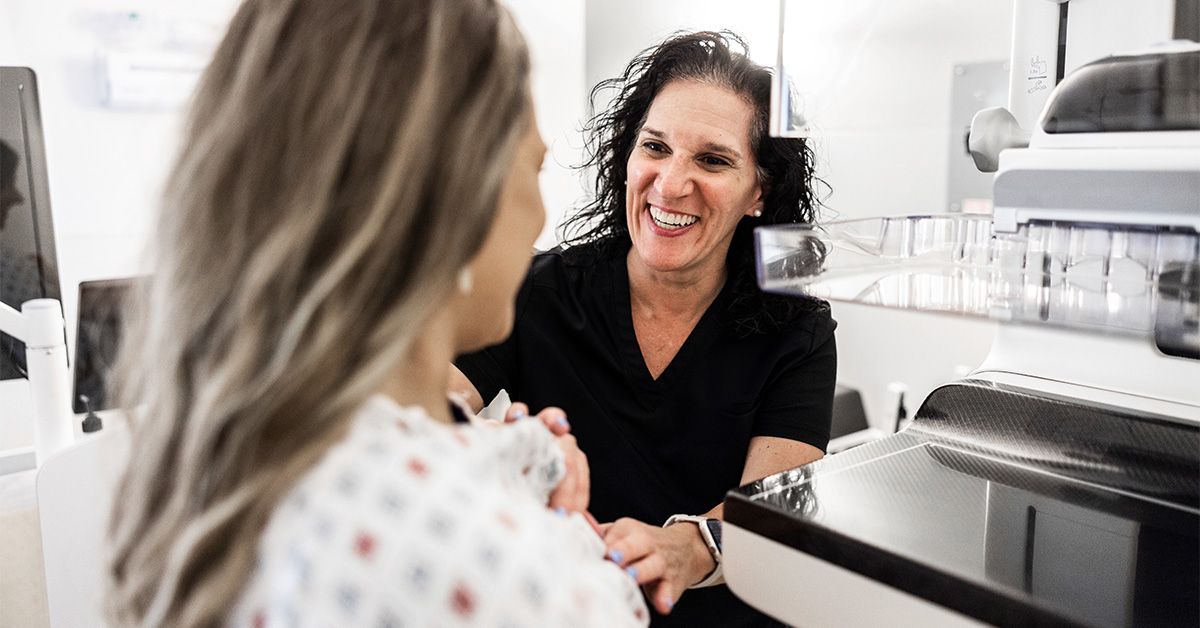CAR T-cell therapy has revolutionized treatment for many blood cancers. However, the benefits of its use in the early stages of care remain uncertain.
Chimeric antigen receptor (CAR) T-cell therapy holds promise for people with large B-cell lymphoma (LBCL) and other blood cancers. This innovative treatment creates genetic changes in certain immune cells to better attack cancer cells in the body.
Although it can be highly effective, CAR T-cell therapy may not be effective for everyone. It can also lead to serious side effects, so those with LBCL rarely undergo this technique as a first-line treatment.
A person would typically only
Currently, doctors generally recommend CAR T-cell therapy as a third-line or later treatment for LBCL. There is some evidence to support earlier treatment with this method, but it is not conclusive.
A 2024 study found that people with relapsed or refractory LBCL who received CAR T as a second-line therapy had better outcomes than those who received it as a third-line treatment. However, the study did not contain formal statistical comparisons.
A
In some high risk individuals with LBCL, doctors have explored CAR T-cell therapy as a first-line treatment. However, there is currently no evidence that this technique works better in the first-line setting compared with standard treatments like chemotherapy and stem cell transplants.
CAR T-cell therapy uses a person’s immune cells to target cancer in the body. These cells undergo genetic modification to enhance their effectiveness at fighting LBCL.
The immune system
CAR T-cell treatment for LBCL takes about
In the first stage of therapy, healthcare professionals remove T cells from the person’s body through a process called apheresis. Those cells go to a lab where they undergo genetic modification to target LBCL cells. The lab grows hundreds of millions of those changed cells. Healthcare professionals then administer them back to the person in a single infusion.
After the infusion, the modified T cells should begin to kill cancer cells. The T cells should also continue to multiply in the body in the days and weeks following the infusion.
A person can speak with their cancer care doctor to discuss the possibility of CAR T treatment.
However, not everyone with LBCL is eligible for CAR T-cell therapy. A medical care team should assess a person’s prior treatment experience. Since this technique can
Some of the side effects include cytokine release syndrome (CRS), where the immune system overreacts to the treatment. Another serious side effect is immune effector cell-associated neurotoxicity syndrome (ICANS), which can cause a range of neurological symptoms.
If a person does not have the financial resources to pay for CAR T therapy, a hospital or clinic may wait for insurance coverage approval before proceeding.
About 60% of people with refractory or relapsed LBCL relapse again or experience disease progression after CAR T-cell therapy. Therefore, only about 40% of individuals do not experience the recurrence or worsening of the cancer after the treatment.
Cancer cells can also become resistant to CAR T-cell therapy. There is a phenomenon of “
A person’s modified T cells can also stop working over time,
Sometimes the modified T cells do not multiply in the body in the most effective way to fight the cancer. Researchers are just learning how the genetically changed T cells populate in the body. A
There is some evidence that chimeric antigen receptor (CAR) T-cell therapy for large B-cell lymphoma (LBCL) might lead to better outcomes in the earlier stages of treatment. However, this evidence is inconclusive. CAR T therapy comes with significant side effects, and not everyone is eligible for this treatment. Researchers are continuing to assess the best treatment options for individuals living with this form of blood cancer.
Share this article
OUR BRANDS











